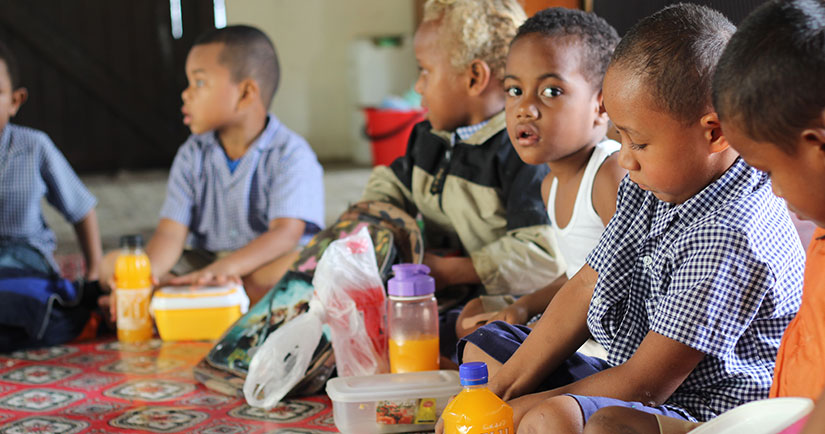
Save the Children works across thematic areas to address the unique and complex causes of illness, malnutrition, and death in mothers, newborns and young children with the aim of ensuring that no child dies of preventable causes before their fifth birthday.
During the 2016-2018 strategic period, Save the Children’s Water Sanitation and Hygiene (WASH) work will aim to maximise on the health and child survival programming outcomes. Globally, 11% of deaths in children under 5 are attributable to diarrhoea – the vast majority of these deaths occur in lower-income countries. Nearly 90% of these deaths are due to unsafe drinking water, lack of access to appropriate sanitation and poor hygiene behaviours such as inadequate hand washing.
While diarrhoea is a major contributor to child morbidity and mortality, emerging evidence implicates environmental enteric dysfunction or environmental enteropathy (a subclinical gut infection resulting from exposure to environmental contaminants) as another significant contributor, particularly as it relates to child undernutrition.
While WASH cuts across Save the Children’s breakthroughs, work under this subtheme, “WASH for Health,” aims to reduce stunting in children under 2 and reduce diarrhoea in children under 5. This focus requires a more targeted and considered approach to our WASH programming.
Priority program areas include the following:
Behavioural interventions focused on increasing uptake of optimal WASH related practices and services
- With the financial support from the Australian Charter-Organisation Mondialepourl’Education Laire Project (OMEP), Save the Children Fiji was able to support Nasaucoko Village Early Childhood Education Centre (ECE) with the installation of a 10,000 litre Water Tank, learning materials, tables and chairs and renovated the ECE Toilet.
- Market-oriented approaches to support household level improvement in water quality, safe disposal of human faeces (particularly children’s faeces) and hand washing facilities; and,
Save the Children aims to ensure delivery of these interventions in stable, transitional and emergency situations (full-spectrum programming). In established country contexts, a crisis may necessitate expanding, intensifying or adapting our approach to accommodate evolving needs.
The community approached Save the Children Fiji and we sourced funding to meet this request.
Water Supply
While water source was reliable and could supply the village throughout the day, the ECE experienced no water supply in the day and during school hours. Students often were advised to bring a bottle of water for their usage during school hours.Even though there was a flush water system available in the toilet, it was often not used because of no water and students had to go back home each time to use the toilet. The ECE teacher and management often had to bring water from the village to fill the water tank for emergencies.
Learning Centre
There was no ECE furniture for the children, children normally did their activities on the classroom floor. Six Low Tables and 16 children’s chairs were supplied for the school, this now makes learning more conducive and child-friendly for the children.
A Early Childhood Education Kit was supplied and is a box filled with games and learning materials. In the event of a natural disaster, the teacher is able to fill the box with all the learning materials so that they are safe.
